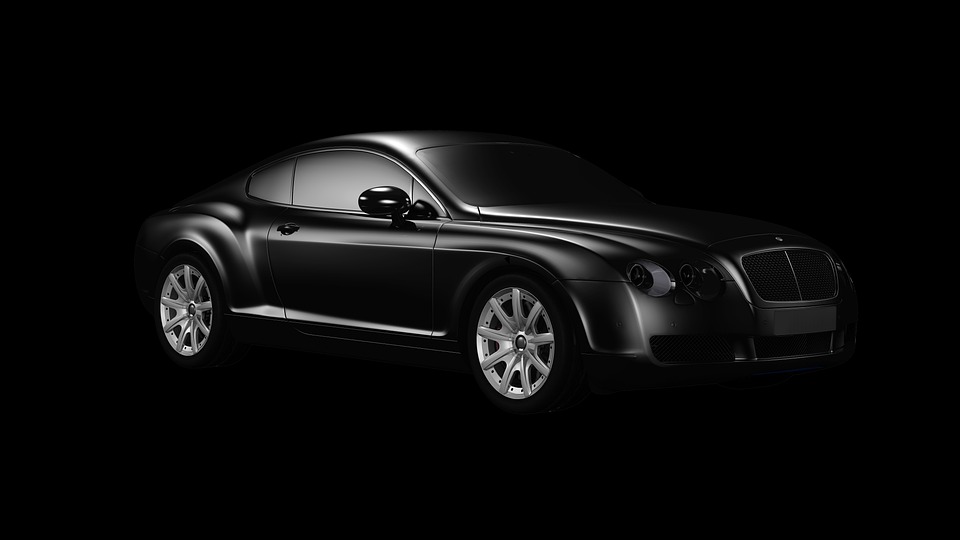Exploring the Possibilities: An Introduction to 3D Motion Design
Have you ever watched a movie or a TV show and been blown away by the stunning animation and special effects? You may have been witnessing the work of a 3D motion designer. This industry has been growing rapidly and is becoming an integral part of visual communication across so many mediums.
In this article, we will delve into the world of 3D motion design – what it is, how it works, and what possibilities it offers.
What is 3D Motion Design?
3D motion design is the art of visual storytelling using computer-generated imagery (CGI), or more specifically, 3D digital graphics. It’s a combination of the traditional principles of animation along with modern technology to create captivating 3D animations, video, and motion graphics.
The technique has its roots in the entertainment industry, where animated movies and TV shows often use 3D graphics to enhance their storytelling. However, in recent times, 3D motion design has found its way into advertising, social media, and even web design.
How Does it Work?
The process of creating 3D motion design is not simple. It requires a wide range of skills, including graphic design, animation, photography, and video production. The production team has to work together to create the 3D models, animation, and post-production effects such as light, sound, and shadows.
The 3D models are created using software like Cinema 4D or Autodesk Maya. These programs enable designers to create virtual 3D objects that can be animated to bring them to life. Once the models are created, they are brought into motion graphics software like Adobe After Effects, where they are animated and brought to life with sound design and music.
The Possibilities of 3D Motion Design
The possibilities with 3D motion design are endless. It allows you to create a wide range of visuals that can be used across different mediums. Here are the possibilities:
1. Advertising
Advertisers can use 3D motion design to create engaging ads that can grab people’s attention. It’s a great way to promote a product or service in a creative way.
2. Social media
Social media platforms like Instagram and Facebook are increasingly becoming visual platforms. 3D motion design can be used to create captivating social media posts and stories that can help to promote your brand or engage with your followers.
3. Education
3D motion design can also be used in education. It allows students to visualize complex concepts in a simplistic way, making learning a more engaging experience.
4. Web design
3D motion design can also be used in web design. It can help to create visually stunning websites that can grab the attention of visitors and keep them engaged.
5. Entertainment
The entertainment industry is where 3D motion design first found its place. It’s used to create animated movies, TV shows, and even video games.
Conclusion
In conclusion, 3D motion design is an integral part of modern visual communication. With its endless possibilities, it has become a sought-after technique across a wide range of industries. As technology continues to improve, we can only imagine the new possibilities that will arise in the future.
FAQs
Q: Is 3D motion design expensive?
A: Yes, 3D motion design can be expensive. The cost mainly depends on the complexity of the project and the time it takes to complete it.
Q: How long does it take to create a 3D motion design animation?
A: The length of time it takes to create a 3D motion design animation depends on the complexity of the project. Simple animations can be completed within a few days, while more complex ones can take several months.
Q: What kind of companies use 3D motion design?
A: 3D motion design can be used by companies across many industries, including advertising, entertainment, education, and web design.
Q: Is it possible to learn 3D motion design on your own?
A: Yes, it is possible to learn 3D motion design on your own. There are many tutorials and courses available online to help you get started.
Q: What software is best for 3D motion design?
A: The most popular software for 3D motion design is Cinema 4D and Autodesk Maya. However, there are many other options available in the market, such as Blender and Houdini.






